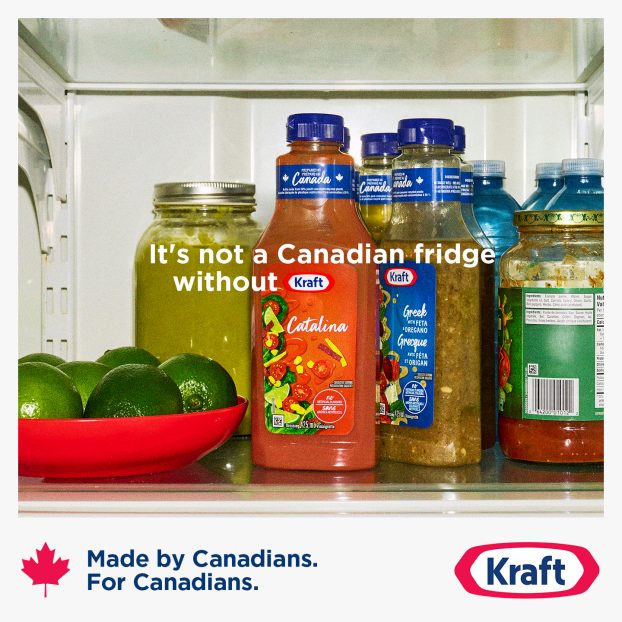I was leafing idly through Saturday Night magazine the other day, and I got all the way to the inside back cover, which is, of course, an ad position.
A pretty expensive one, they tell me. And, sure enough, there was an ad. So, I looked at it.
The ad was selling me a product called Selsun Blue, a potion marketed to cure terminal dandruff. And, let me tell you, this ad had everything.
It centred on a photograph of He and She. She is almost startlingly curvilinear. He is craggy. Their hairstyles are straight from the Fifties, come ’round to the Nineties; He is obviously big on mousse or gel, which we used to call Brylcreem.
They are clearly quite interested in each other. Their lips are maybe four inches apart, and, I would guess, approaching.
Their noses are even closer, and are going to bump soon, but that seems okay because sparks will then fly, as with flint and steel.
As would be totally proper in this politically correct era, She seems to be the aggressor.
She has her left hand at the back of his flakeless neck, and her eyes are examining his mouth, probably not for residual plaque. She is also taller than He is, unless below the picture. She is standing on a sawhorse or He in a hole.
These people are unquestionably happy. Why, we might ask?
The ad is kind enough to tell us, in a centrally placed rectangle with white lettering on what appears to be, for some unknown reason, blue velvet. It says, ‘Selsun Blue Dandruff Control. Looking good. Feeling great.’
In the upper-left corner of the ad, there is additional information. White letters form a sort of circle, saying ‘Improved Formula.’ Across the centre of this circle are yellow letters reading ‘Pro-Vitamin B5.’
Nothing tells me what Pro-Vitamin B5 is or does, but my experience with advertising tells me that chances are, it is good for me.
Moving to the bottom of the page, we find a whole lot more stuff.
At the bottom left, there are 21 words of body copy, including the unusual promise of undeniably beautiful hair. This is reassuring, protecting against unpleasant consumer scenes such as: ‘Mama, Mama, Ernestine denies that I have beautiful hair!’ ‘No, Chantal, be calm, it says here that…’ etc.
Centred at the bottom of the page are not one but four package shots. They are small, to be sure, but they undeniably inform me that Selsun Blue gives the smart shopper a choice of green, orange, red, or yellow bottletops.
Finally, at the bottom right, we find the product name once again – solid marketing thinking – and another, smaller, blue velvet oblong containing the words ‘Controls Dandruff…. Beautifully.’
I put down the magazine, awe-stricken. I suddenly realized that I had quite possibly come upon the perfect print ad. Really, now.
This single page contained strong visual brand identification, direct and consistent copywriting with the end-line echoing the headline, a product improvement starburst, four pack shots, two blue velvet mortices, a photograph reeking with s-e-x, plus, as they often say in ads like these, ‘More. Much more.’
And I began to wonder. Where, in the 1990s, could such an ad come from? An ad that follows every marketing textbook rule, and makes up a few new ones. An ad that has everything, except, of course, the slightest wit, or surprise, or uniqueness, or product differentiation, or an idea.
And suddenly I realized. Of course. They have finally come to the creative floor. They have conquered research, they have conquered media, and now they are taking over creative. Yes. This ad was done by – not typed on, not laid on, but actually thought up by – a computer.
Creative people, take warning. You know that new guy in the office down the hall, the one who drinks a lot of coffee, but doesn’t say much? Listen closely to him, through the wall. He’s beeping.
Go carefully into his office, right now, and pull his plug. You have to stop him. He is the one who made the Selsun Blue ad, and if you don’t act immediately, he is going to make more.
Oops. Sorry. Too late. I lost my zapper during last night’s CTV News, and now that I look a little more closely, I think he already has.
John Burghardt, formerly president of a national advertising agency, now heads his own communications firm in Toronto.























